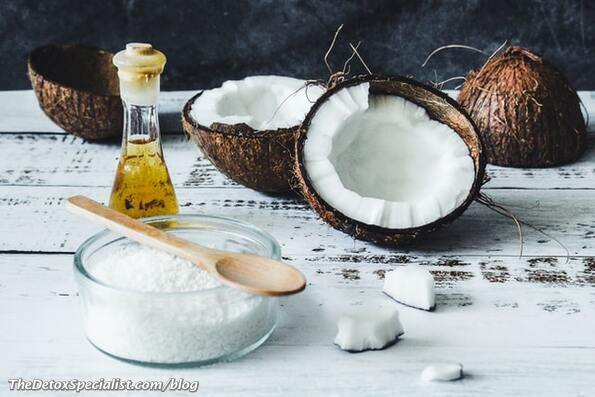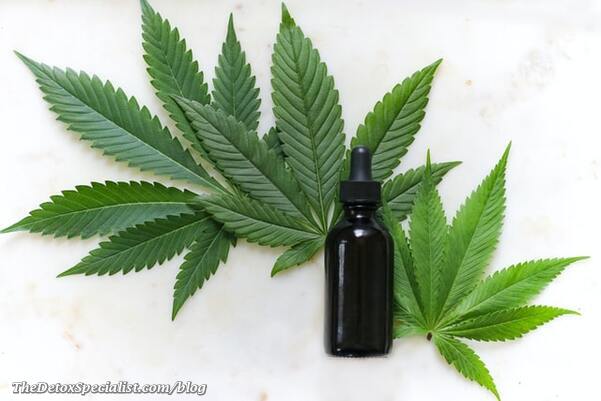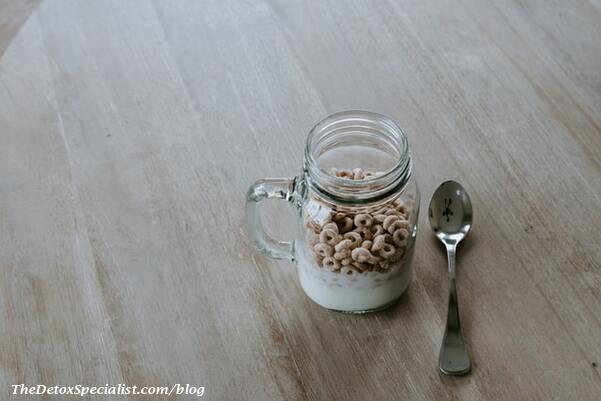Infusing cannabis into edibles isn’t something new, but with more states legalizing recreational weed, the practice has become more popular. More than that, marijuana-infused food has enjoyed a wider acceptance in recent years, to the point where it’s a certifiable culinary trend.
Related reading: 6 Tips for Successful Marijuana Detox
It’s also easy. No matter what kind of edible you decide to make, it all begins with the same process: decarboxylation, the practice of heating up cannabis that’s gone through the grinder. The ground cannabis goes into the oven on a parchment-lined baking sheet at a very low temperature – 200 degrees Fahrenheit for 30-45 minutes is ideal. However, if you want to be safe, you can choose a lower temperature and bake the cannabis for a bit longer. This activates all of the cannabis compounds, whether you want to cook with THC or CBD. Get the cannabis too hot, however, and you’ll ruin the whole batch.
With that in mind, let’s talk about how to infuse cannabis into your edibles.
- Cannabutter
“Cannabis is the future of the culinary world,” says Curtis Jackson, CEO of Premium Gas 91, and cannabutter is at the heart of that prediction. With cannabis-infused butter, you can test the limits of edibles. Making cookies, brownies, and cakes is a given, but you can also butter your bread and baste your turkey with it.
The making of cannabutter is relatively easy. Take 200g of butter and 7g of decarboxylated cannabis, along with 200ml of water. Mix the water with the butter in a glass jar that can withstand the heat. It’s best to do this in a hot water bath, but the water only needs to reach the middle of the jar. Let it simmer on low until the butter melts. The second it does, mix in the cannabis, stir gently, and let it continue to simmer for two or three hours. Give the jar a shake every once in a while. At the end of the three hours, use a tea strainer and some cheesecloth to strain the mixture into another container, then stick it in the refrigerator. Wait for it to solidify, at which point you can remove the butter and drain out the water.
- Coconut Oil and Cannabis
Coconut oil is popular for baking and cooking, so infusing your coconut oil with cannabis allows you to introduce cannabis into a variety of recipes. This is a popular combination for vegans and anyone else who prefers coconut oil, which is relatively low fat, to other types of fats.
Begin by decarboxylating 7-14 grams of cannabis. For this recipe, you will also need a cup of coconut oil, a baking sheet covered by aluminum foil, a mesh strainer, a Mason jar, a cheesecloth, and a slow cooker, crockpot, or medium-sized saucepan.
With your flower decarboxylated, combine it with your coconut oil in the Mason jar and stir it gently. Screw on the Mason jar lid and give it a hot bath in the receptacle of your choice. You need to make sure there’s enough water to just cover the top of the jar. Give it time to simmer – at least two hours, preferably six. As it simmers, give the jar an occasional shake. Once done, let it cool, then use the cheesecloth to line the strainer and pour the mixture into a new container. Seal the jar and use your cannabis-infused coconut oil whenever you like to make any kind of edibles, from fat bombs to truffles and cookies.
- Cannabis-Infused Olive Oil
Following the recipe above, you can also make olive oil that’s been infused with cannabis. You can make CBD cooking oil, too. The methodology is exactly the same. You simply need to use about 200ml of olive oil or any other cooking oil of your choice. That gives you the option of making sweet treats or using cannabis in savory recipes, such as sautéed asparagus or a spicy olive oil mixture for dipping bread.
- Cannabis Tincture
Take your favorite alcohol, whether it be vodka, Everclear, brandy, bourbon, or even glycerin. For a strong effect, you want about 10g of weed and 100ml of alcohol. After the cannabis is decarboxylated, place it in a jar, pour in the alcohol, and put it in a dark spot, such as a closet shelf, for at least two weeks. You can leave it there for up to several months, after which you simply need to strain it into a new container, then drink up – with caution! It’s great for making Jello shots, as well, or adding to foods for a touch of flavor.
- Cannabis Honey
Cannabis honey is as easy to make as every other infusion. It’s a sticky endeavor, but it just involves a jar, about 7g of cannabis, and 10g or so of honey. As with cannabutter, oil, and coconut oil, you need to simmer it slowly in a hot water bath, let it cool, and then strain it into a new jar. Cannabis honey is tasty in a variety of recipes, whether you use it to make sticky cookies or to top your pancakes.
- Cannabis Milk
Think of all the recipes you know that contain a little bit of milk. Using the water bath method, you can create cannabis-infused milk to use in all of those dishes. Although the taste might leave something to be desired, you can technically even use it in your morning cereal.
All of these recipes work with CBD, as well. CBD tends to be more relaxing than THC, and it doesn’t get you high, so feel free to make the substitution by using hemp instead of THC-heavy buds. What recipe will you try first?
About the Author
Tess DiNapoli is an artist, freelance writer, and content strategist. She has a passion for yoga and often writes about health and wellness, but also enjoys covering the fashion industry and the world of fitness.
Image credits:
Cannabis plant image by Crystal Weed
Coconut image by Tijana Drndarski
Cannabis tincture image by Kimzy Nanney
Cannabis milk image by Kelly Sikkema







